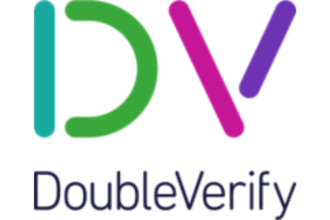Among many great things social media platforms can do, one really stands out. Social channels are an effective content distributor, hands down. Almost all brands are relying on social media in their journey to monetise their online presence. Zooming down to each of these brands, we can see that the digital team is working day and night, using all sorts of tools available in the market to determine which tactics work best.
On the other hand, the management team doesn’t quite care what kind of tactics the team is using, the metric they’re adapting to measure the success rate and the approach taken to get in more traffics. The management only cares about one thing – revenue.
No matter how high your incoming traffic is to the website from your social media channels, how high the engagement rates are, or how many shares each post has, there is nothing much to shout about when there are no sales. Digital team will find themselves in a difficult position to explain those vanity numbers as there seems to have no direct link between great effort on social media that can produce great sales and revenues to the company.
How to ensure that your social media presence will bring in numbers?
I must say that there’s no direct answer to it either. The only chance for you to be able to convert incoming visitors to become paid customers is dependent on many variables. There is no absolute formula that works across the board to all brands. None. On the other side of the coin, if you don’t continue to spend on social media, the chances of getting the sales are as good as none. With social media, at least there’s still some chances in hand.
Having said that, not all hope is lost. These are the list of things that you can do to convince the management to maintain the course of the ship.
Never, ever promise short-term ROI. The only short-term ROI that you can promise to your management team is only the number of followers and a slight increase in traffic to your website via the social media activities. That’s it. Don’t you dare commit to any sales whatsoever. It’s not going to happen. You need to have more time.
Actionable metrics. These metrics are beyond than just acquiring a number of likes, comments and shares. You need to work on the A/B Testing as part of your actionable metrics methodology. What on earth is A/B Testing? It refers to All-Be-Testing. It is harder to do unlike getting high engagements, as you need to test the type of posts that work, type of call-to-action button that works, targeted locations for paid ads that can bring in some tractions, which button that works great with which posting and some other stuff. Keep on testing and testing until you find the right way to post things, the right button to use as the call-to-action and so on. This again will take time.
Complement it with the support of a great website. It’s very hard to convert strangers into trusting you and eventually buy from you. In most cases, they will run some verifications first prior to committing anything. The first thing that they will do is to check your background. Yes, they will Google or at least click on your website address to have a glance at what you have in store for them. When they’re on the website, this is where their experience will tell whether they should buy or not. This is where they will create their reasons to buy. Thus, the right elements must be put in place in the website to ensure they’re quickly triggered to either consider buying or at least ask for more information.
Get the support from traditional media and PR too. If you wish to enjoy great campaigns that convert, you need to run all these three methods at once. You see, not all people are looking at their devices. Some eyeballs are still wandering outside the window of the car, or at the printed materials. Your campaign won’t work if you are depending on just either one of these, rather than a combination of all three. When you see AirAsia or iPhone X marketing campaigns, did you see them just on your mobile devices? I doubt that.
Use a combination of paid ads and micro-influencers. While you’re on the paid ads mode, you need to consider using the artificial word of mouth via micro-influencers too. These are the people who are popular among their friends. You see, not everybody is looking forward to see ads on their news feed. Yet, their friends’ posting might convince them to consider buying. Who knows, it could work.

















